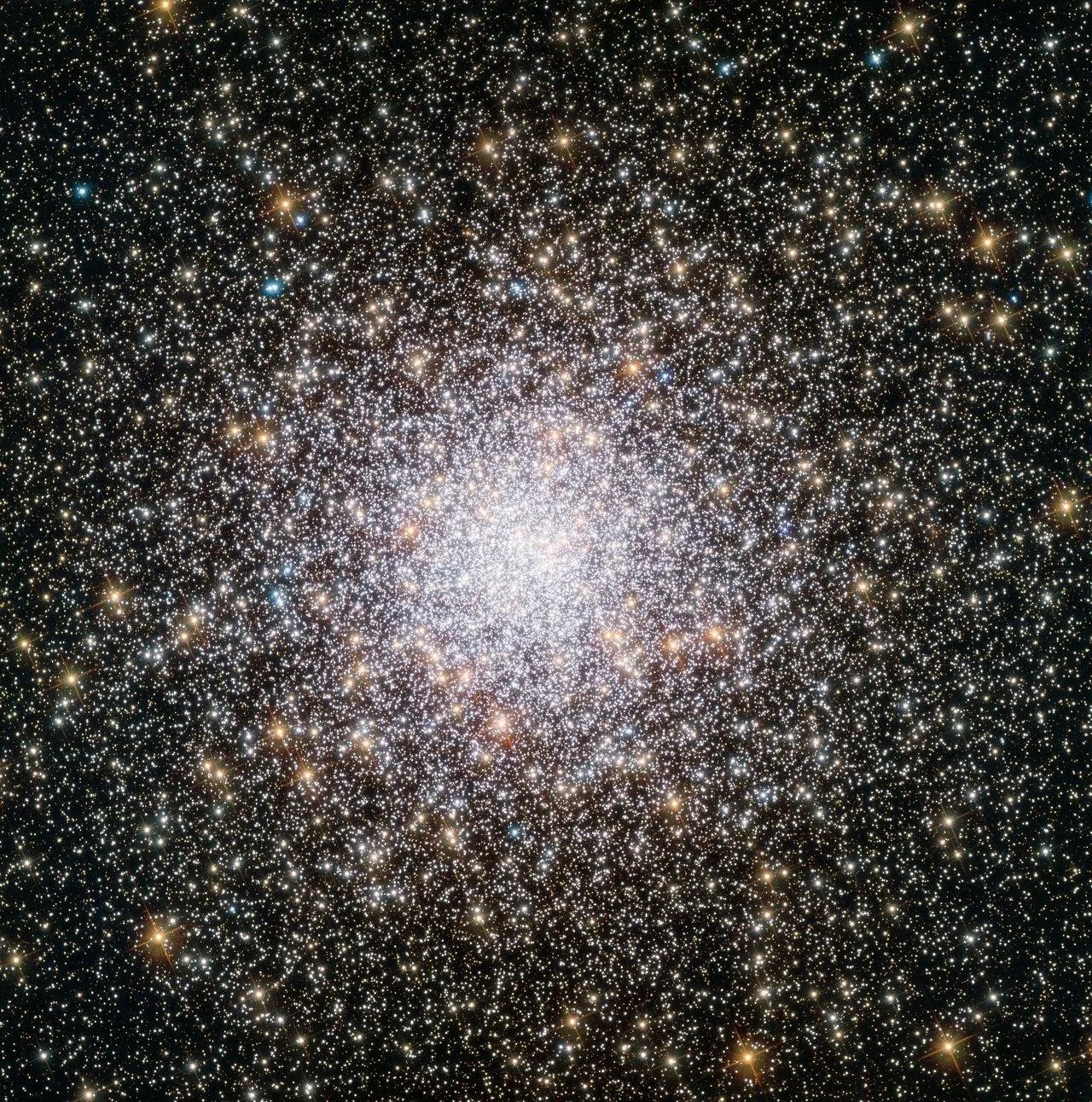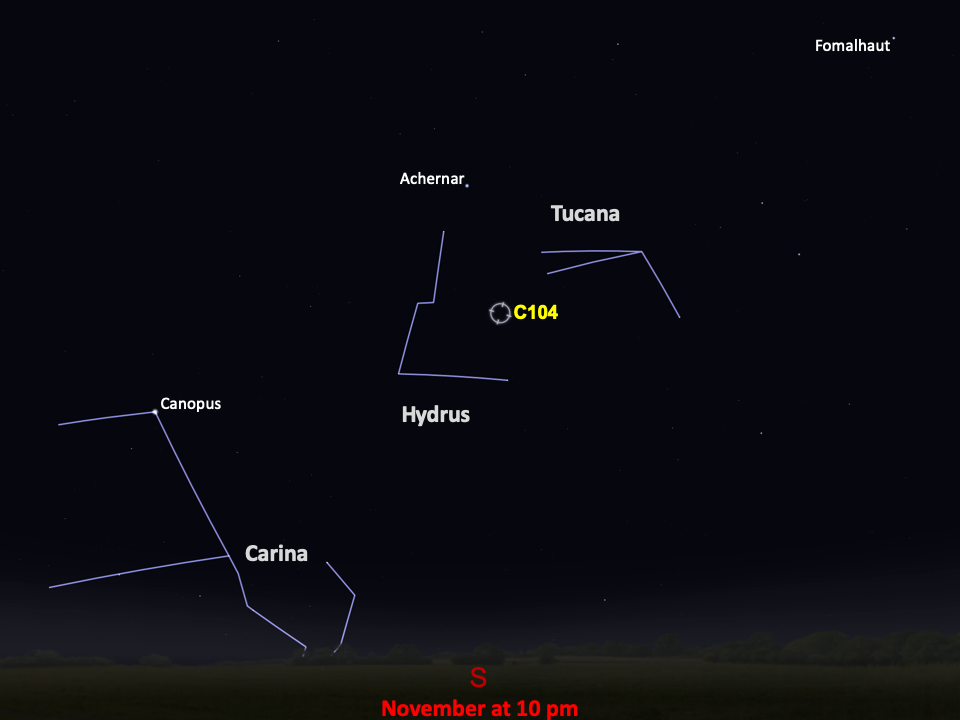Caldwell 104
The stars of Caldwell 104 have a surprisingly high metal content, which means that it formed more recently than expected.
Distance
27,000 light-years
Apparent Magnitude
6.4
constellation
Tucana
object type
Globular Cluster
This Hubble image captures what looks like a galactic glitter bomb in the night sky. Globular star clusters like Caldwell 104 typically reside in a spiral galaxy’s halo, which is a relatively sparsely populated, spherical area that surrounds the galaxy like a shell. They are integral to the birth and growth of their host galaxies.
C104 is one of about 150 globular clusters in the Milky Way galaxy, but it stands out from the rest. The cluster is unusually young, as indicated by its composition. Following the big bang, the universe consisted only of hydrogen and a little helium. The first stars formed from this material and, through the process of nuclear fusion, spent their lives producing heavier elements, which astronomers call “metals.” But the process can only continue for so long before the stars either run out of fuel or grow unstable. Ultimately, massive stars are doomed to explode in violent events called supernovae, which blast their material out into the cosmos. This stellar detritus is recycled into new generations of stars, so stars that form later contain higher proportions of metals than their older relatives.
Astronomers have discovered that Caldwell 104 boasts a surprisingly high metal content, which means that it formed more recently than expected. Most globular clusters are much older than the majority of stars in their host galaxy, but the stars in C104 appear to be 2 billion to 3 billion years younger than stars in other Milky Way globulars. Astronomers have used Hubble multiple times to investigate the young cluster’s stellar population. This image was taken in visible light using Hubble’s Advanced Camera for Surveys.
Discovered from Australia by Scottish astronomer James Dunlop in 1826, C104 cannot be viewed from the Northern Hemisphere except near the equator, but it can be seen year-round from mid-Southern latitudes in the constellation Tucana, near the Small Magellanic Cloud. Binoculars or a modest telescope will provide a somewhat hazy view of the magnitude-6.4 cluster, but a large telescope will reveal individual stars.
For more information about Hubble’s observations of Caldwell 104, see:
Youthful NGC 362
Glossary
Galactic Halo - A roughly spherical collection of old stars and globular clusters surrounding a spiral galaxy.
Globular Cluster - A spherical group of stars that are gravitationally bound to each other, with most of the stars concentrated at the cluster’s center.
Magnitude - The brightness of an astronomical object, represented by a number; bright objects have low numbers on the magnitude scale, while dim objects have high numbers.
Supernova - The explosion of a massive star at the end its life, which ejects material into space and causes the star to temporarily brighten in our sky.
Explore Hubble's Caldwell Catalog
The following pages contain some of Hubble’s best images of Caldwell objects.
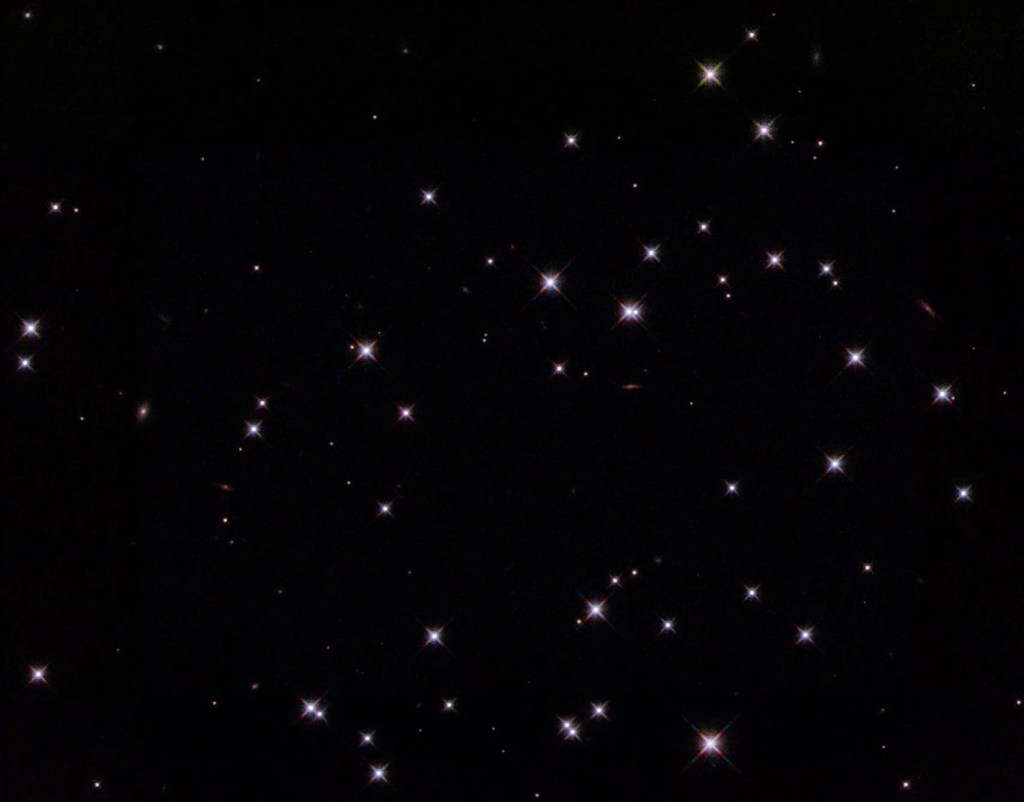
Also known as NGC 188, this group of stars formed from a large cloud of gas making the stars roughly…
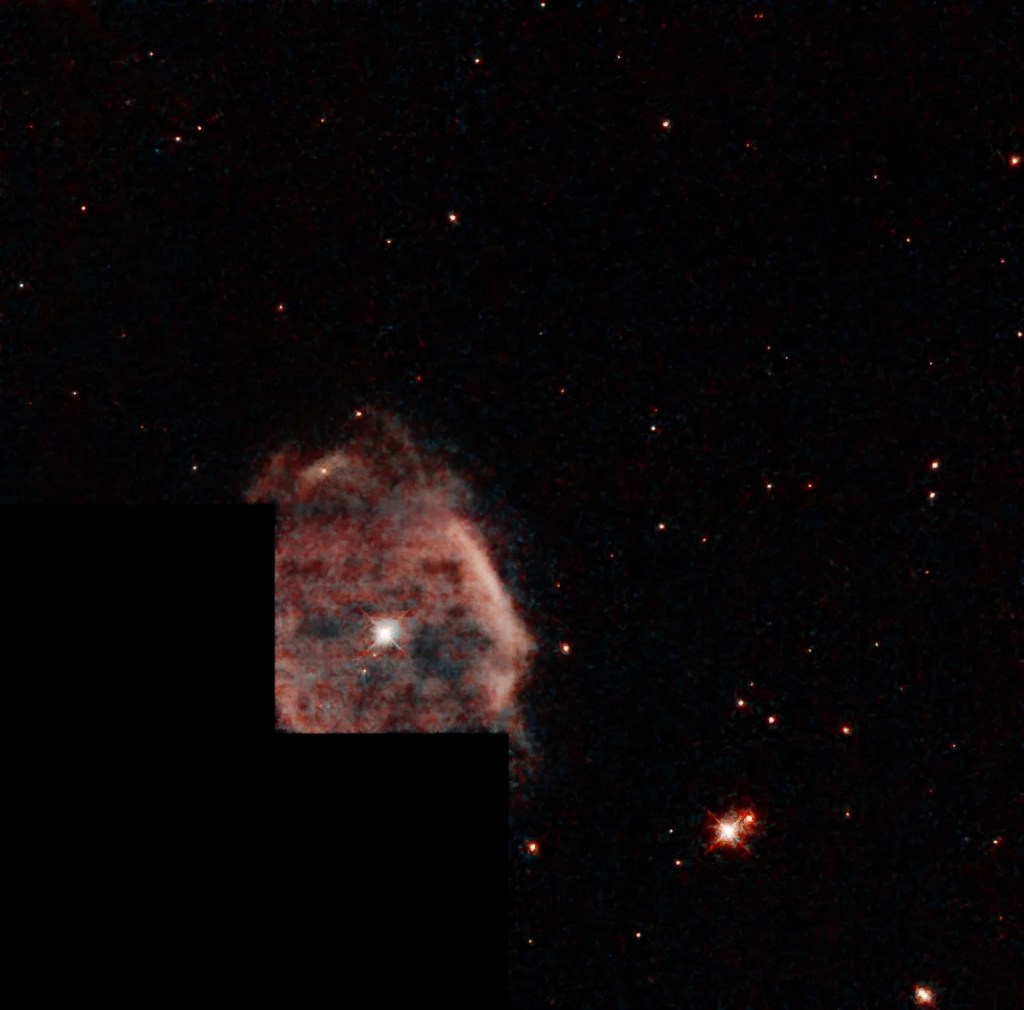
This shell of gas is expanding outward, away from the dying star within.
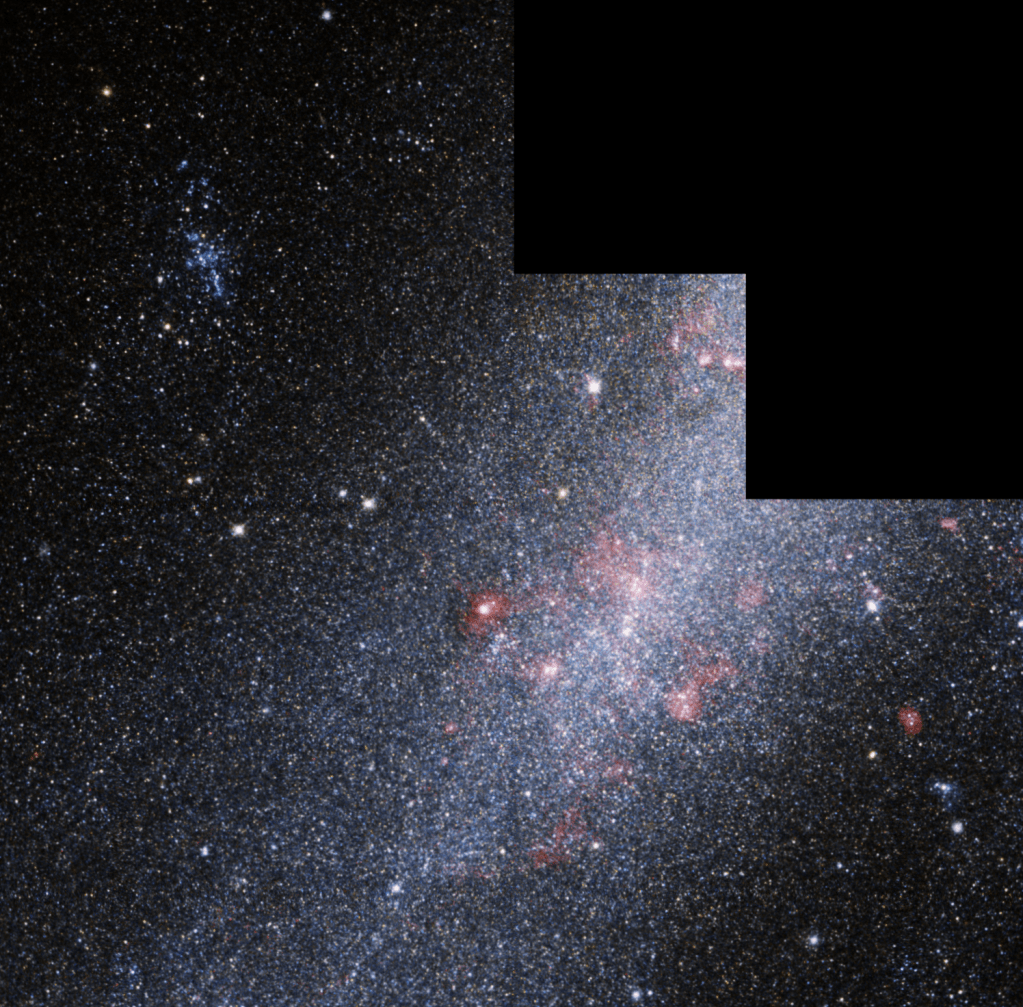
This barred spiral galaxy was first spotted by British astronomer William Herschel in April 1793 in the constellation Draco.




























